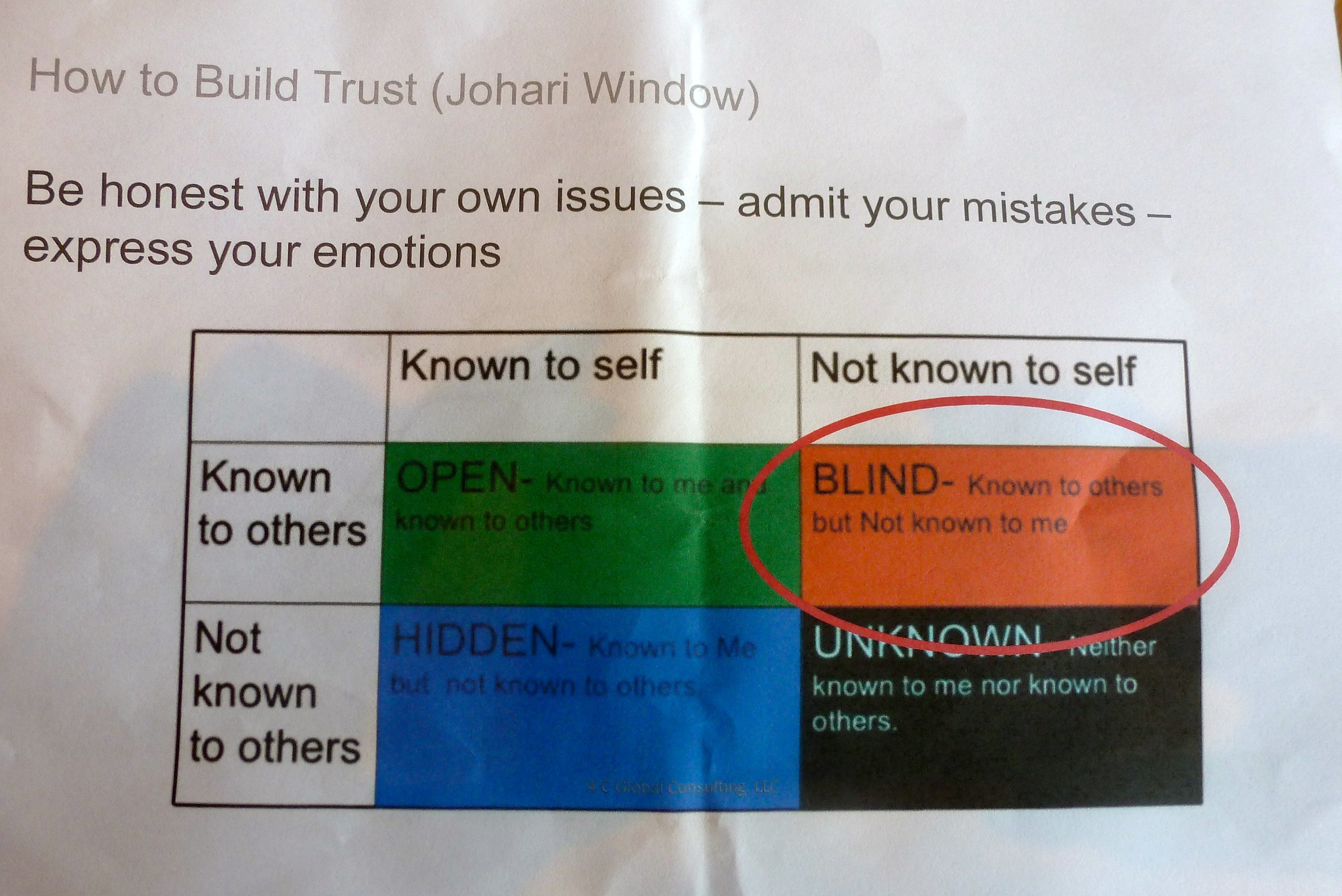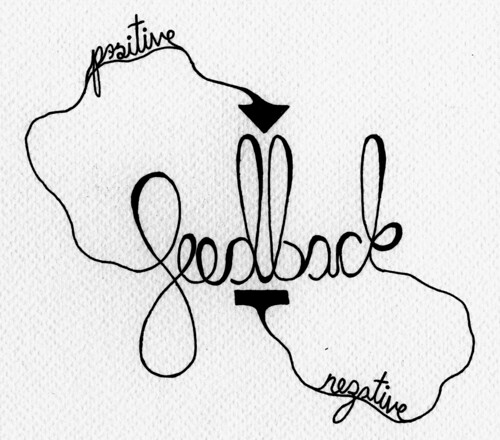
Eliminate blindspots and build engagement by getting to know your company better – Interview with Claire Lew
September 26, 2017
The meaning of personalised customer experience – Interview with Jamf, Paycor and Qumulo
October 2, 2017
This is a guest post from Sreeram Sreenivasan, Founder & CEO of Ubiq BI.
Typically, businesses conduct customer surveys & interviews and apply the feedback to provide a better customer experience. But that’s just one half of the story.
What if there was a more powerful source of customer insights, available right at your doorstep: your own employees.
Although a single customer can share his/her experience at various touch points during their journey, their insights are only about themselves and not everyone else.
On the other hand, an employee who interacts with hundreds of customers will have a deeper understanding of customer experience(CX). They’ll be able to quickly spot overall trends and patterns in CX, instead of looking at just one customer at a time. They can easily identify recurring issues, and help understand which underlying processes are responsible for causing these problems.
For example, a customer support agent who frequently receives billing-related complaints, will be able to tell you that your billing process is failing and that you need to specifically look into visa payments, while your mastercard payments work just fine.
Also, they’ll have a more holistic view about customer experience, since they’re familiar with all the different elements that make a customer happy.
For example, your sales reps will be able to easily tell you why you’re losing customers – maybe they’re unable to checkout using your mobile app, or you are delivering damaged goods, or your customer care doesn’t reply even after 24 hours, or something else.
Employees who are in close contact with customers will have a detailed understanding of their requirements and how they can be satisfied. In fact, according to an IBM whitepaper, employee feedback is the new customer research.
How to Use Employee feedback to Improve Customer Experience
- 1. The first step is to look at your customer’s journey and identify the various customer touch points. Sometimes, you have a different customer journey for different types of customers. For example, you may be attracting small business (SMB) clients via your website and online marketing strategy, whereas you may have a dedicated salesforce to target enterprise market. Ensure that you clearly map out the customer journey steps in each case.
- 2. Once you have identified the touch points, make a list of all the front line employees who interact with your customers one way or the other. It can be your support agents they have a live chat or phone call with, it can be your marketer who conducts webinars & gives product demos, or your sales reps who sends them email pitches.
- 3. Also identify the employees who look at customer data but don’t explicitly interact with them. These are mostly back office employees, online marketers, data analysts, product managers and developers. Everyday, they pore through tons of data, analyzing every action of your customers. They may not directly interact with your customers, but they will surely know a thing or two about customer behavior.
- 4. Make it easy for employees to give feedback. Identify all the different data sources that can be utilized to collect insights – from solicited & structured processes like employee surveys & interviews to unsolicited & unstructured methods like social media comments, and even implicit feedback such as attrition rates. It’s essential to provide a variety of feedback forums.
- 5. Use the right channels. For example, if you run a retail store then it’s best to collect feedback via mobile surveys. On the other hand, web-based questionnaires are best suited for call centers. Find out what technology encourages them to get involved.
- 6. Determine the right frequency for gathering employee feedback. If you conduct frequent employee surveys, then you won’t get enough time to compile & analyze all the information, and act upon the insights. Consequently, employees will find it to be a futile exercise and stop contributing altogether. On the other hand, if you only reach out once every 18-24 months, they won’t be interested enough to engage. Also, enable your employees to provide feedback on an ad-hoc basis so they can quickly escalate critical issues.
Once you’ve collected feedback, integrate it with other data sources such as customer feedback as well as operational data, to get a more comprehensive view of customer experience issues.
- 7. For example, your employee feedback data may tell you that your billing process is failing, but on analyzing your operational data sources, you may find that this issue is localized to only Chicago area. Your customer feedback analysis may tell you that customers have been facing this issue only since past 2 days. Examining your product usage will tell you this is because of the latest product update that you released over the weekend. Now you know what caused the issue and what you need to do to fix it.
- 8. Act upon the feedback. Collaborate with employees to come up with solutions to customer experience problems. For example, when one of my clients, a call center, reported a low customer satisfaction among its customers, we reached out to its employees to know more about the issue. It turned out that the unhappy customers were located in a different timezone and were unable to contact the support agents before their business hours. So, with the cooperation of their employees, we optimized their working hours and created new shifts to provide more overlap with their customers’ timezones, resulting in a 21% increase in customer satisfaction.
- 9. Explain to your employees the impact of their feedback – how it has improved your customers’ lives. This will show that you value their ideas & opinions, and motivate them to give even more feedback.
Employee feedback is a treasure trove of insights, if used the right way. By leveraging your employees’ understanding of customer pain points and their in-depth experience with business processes, you can design a customer experience that’s not only intuitive but also delightful.
This is a guest post from Sreeram Sreenivasan, Founder & CEO of Ubiq BI.
 For more than 8 years, Sreeram Sreenivasan has worked with various Fortune 500 Companies in areas of Business Intelligence, Sales & Marketing Strategy. He regularly writes at Fedingo about a wide range of business growth & marketing topics. He’s also the Founder & CEO of Ubiq BI, a cloud-based BI Platform for SMBs & Enterprises.
For more than 8 years, Sreeram Sreenivasan has worked with various Fortune 500 Companies in areas of Business Intelligence, Sales & Marketing Strategy. He regularly writes at Fedingo about a wide range of business growth & marketing topics. He’s also the Founder & CEO of Ubiq BI, a cloud-based BI Platform for SMBs & Enterprises.
Photo Credit: Daniel Ari Friedman Flickr via Compfight cc




